Site Information
WVI Interim Report 2025
https://conservewildcats.org/wp-content/uploads/sites/5/2025/10/WVICanineDistemperVirusDiagnosisInterimreport25.pdf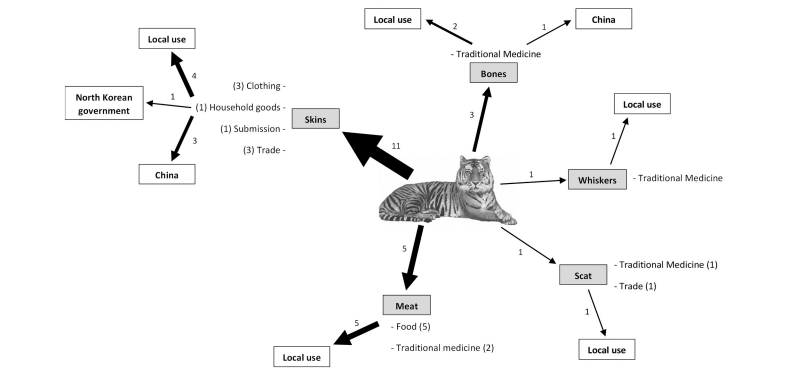
Abstract: Despite pressing conservation and humanitarian concerns regarding the sustainability of natural resource exploitation in the Democratic People’s Republic of Korea (North Korea), reliable information is extremely limited as North...
Read More

Abstract: Introduction: The construction of a species’ family pedigree is crucial for understanding population structure, assessing genetic diversity, and conserving the genetic resources of endangered species. However, developing non-invasive and...
Read More

Abstract: The tiger Panthera tigris is an apex predator categorized as Endangered on the IUCN Red List. The availability of sufficient prey is a key requirement for its survival. The...
Read More
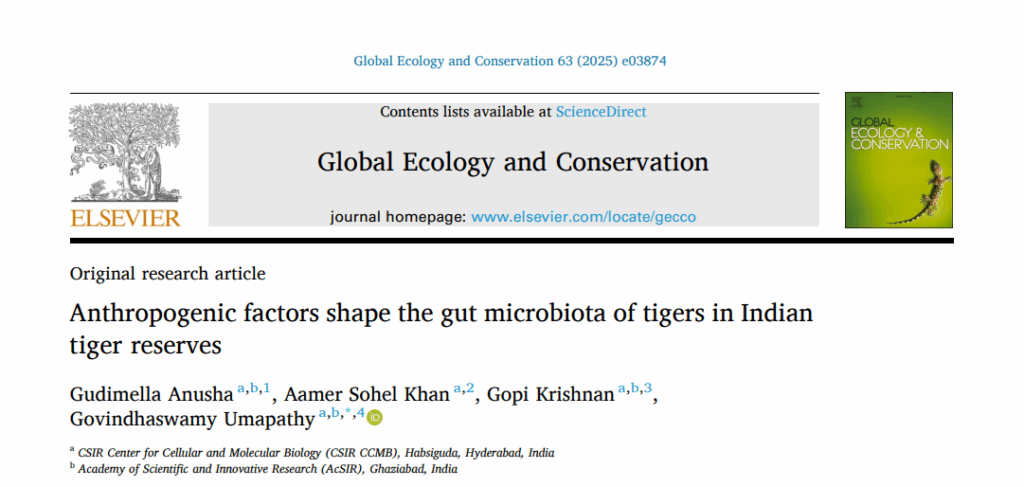
Abstract: Tigers still face threats because of anthropogenic activities, including wildlife tourism and cattle grazing in tiger reserves. Previous studies have shown that human-related activities can impact gut health in...
Read More

Abstract: The plastisphere, as a microbial niche on plastics, exacerbates ecological risks to biodiversity in critical habitats like the Northeast Tiger and Leopard National Park, a sanctuary for endangered Amur...
Read More

Abstract: Demand for tiger parts and products, especially tiger bone glue, has fuelled the illegal tiger trade and the proliferation of tiger farms in some Asian countries. Despite the importance...
Read More

Abstract: Human-wildlife conflict (HWC) involving megafauna is a global conservation concern. In the tropical lowlands of Nepal (Terai), the megafauna populations are increasing due to successful conservation efforts, introducing the...
Read More

Abstract: In Russia, range‐wide winter track surveys of the Amur tiger (Panthera tigris altaica) are conducted every ten years using a standardized methodology based on snow track measurements. The southwestern...
Read More
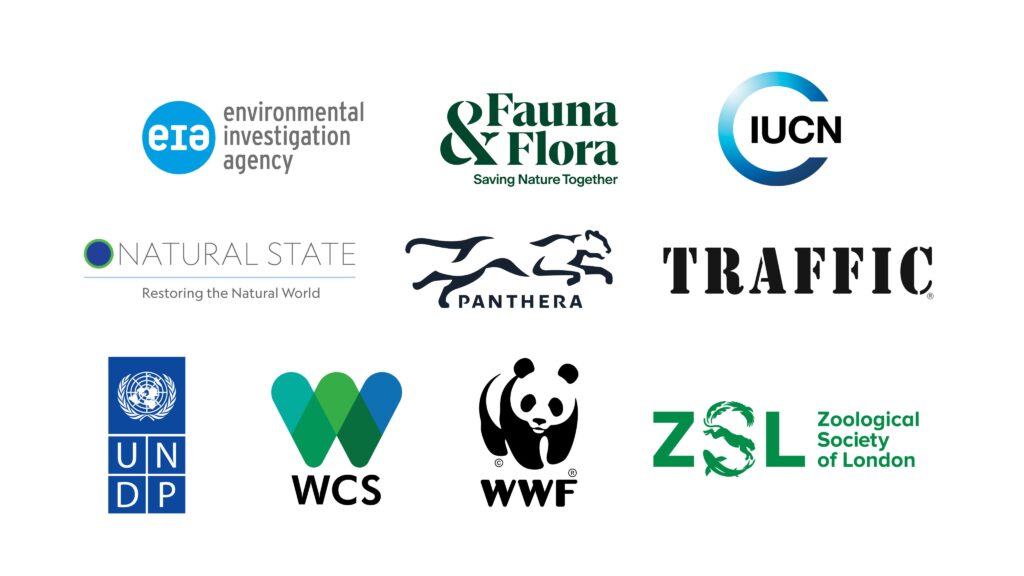
In July, WildCats Conservation Alliance, a Zoological Society of London (ZSL) programme, was proud to participate in the Tiger Conservation Coalition (TCC) Annual Steering Committee meeting at ZSL. What is the...
Read More
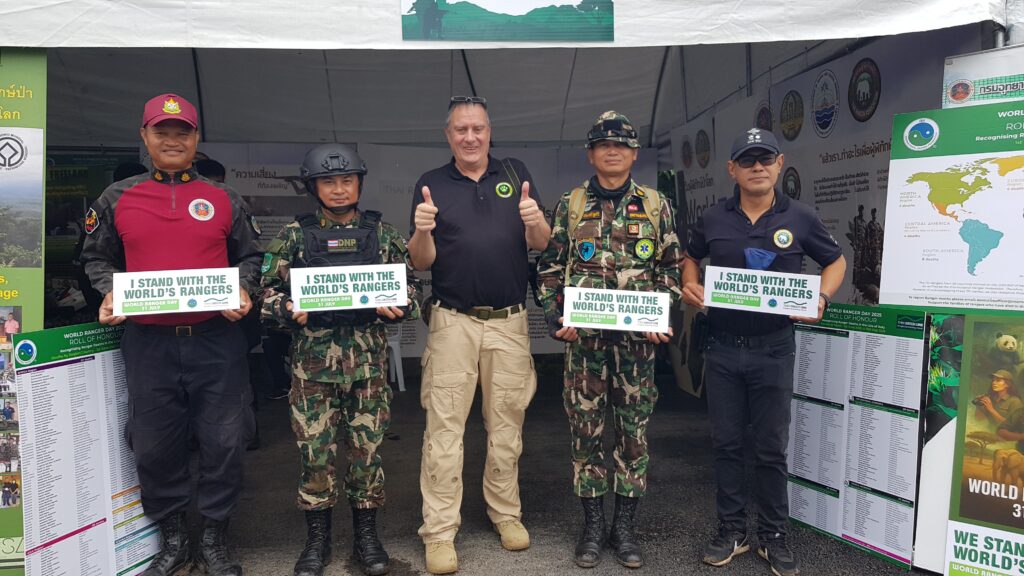
In a mountain forest on the Thai–Myanmar border, 121 hidden, motion‑triggered cameras watched silently for almost 12,000 nights. They caught something worth celebrating: tigers still using Khao Laem National Park,...
Read More
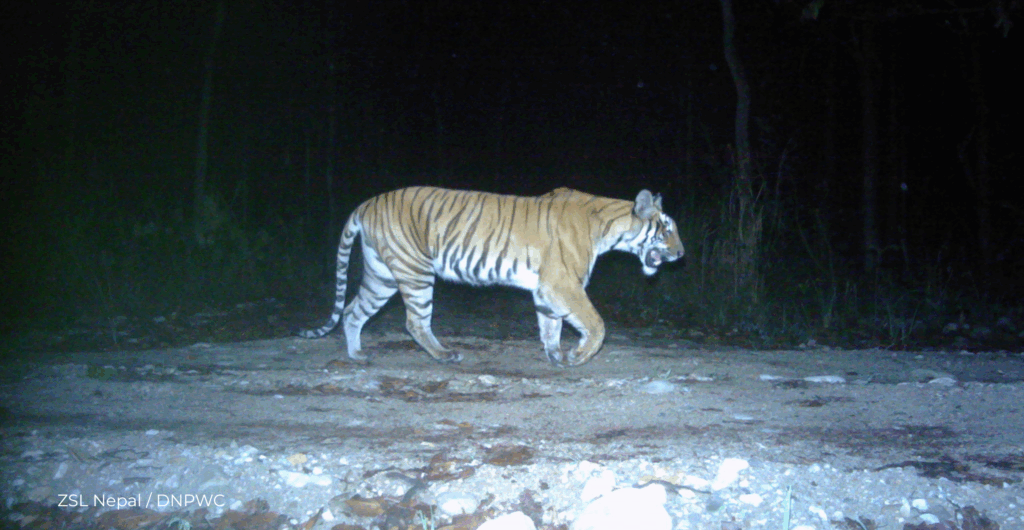
Nepal’s remarkable success in nearly tripling its wild tiger population has become a global conservation milestone. But, with rising numbers comes a new challenge: ensuring people and predators can coexist...
Read More
Freeland final report 2024
https://conservewildcats.org/wp-content/uploads/sites/5/2025/07/Freeland-Khao-Laem-Final-Report-2024-REDACTED.pdf
In a remote region of Russia’s Far East, something extraordinary is happening: the world’s rarest big cat is making a recovery. In 2024, conservationists with the Wildlife Conservation Society (WCS) and...
Read More

Abstract: Conservation-oriented village relocations are used as tools for wildlife conservation in developing nations like India, despite the potential sociocultural and economic costs associated with displacement. In tiger reserves in...
Read More
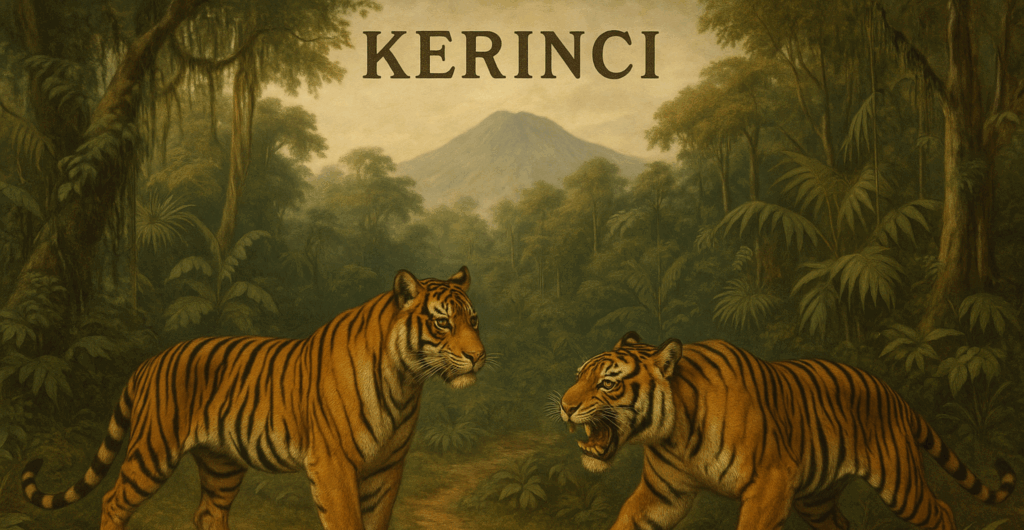
Abstract: The people of Kerinci have their own interpretation of the tiger. Tigers are considered sacred animals, with various meanings. However, on the other hand, tigers that attacked the people...
Read More
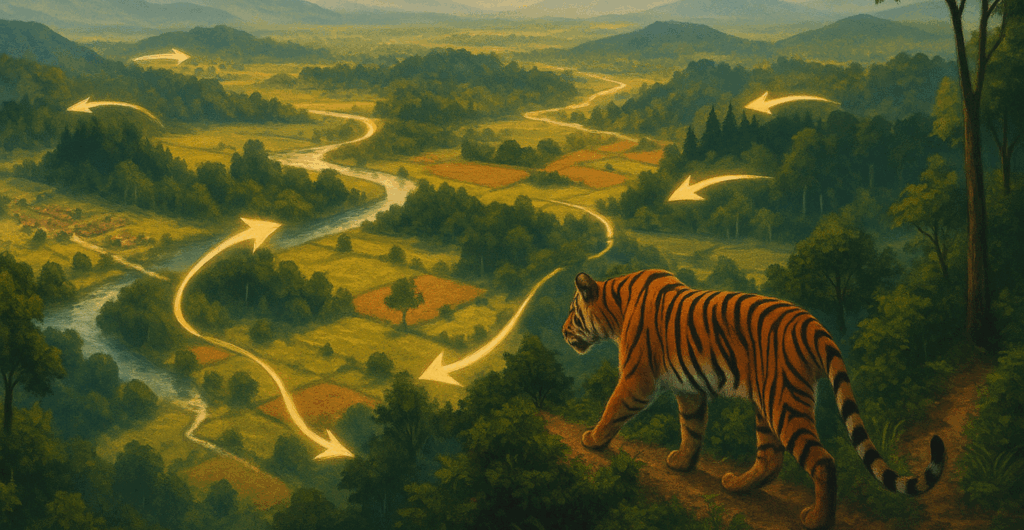
Abstract: Southeast Asia's tigers (Panthera tigris) stand at the cross-roads of recovery and ruin. While few populations remain, evidence of growth and dispersal in key sites necessitates an evaluation of...
Read More
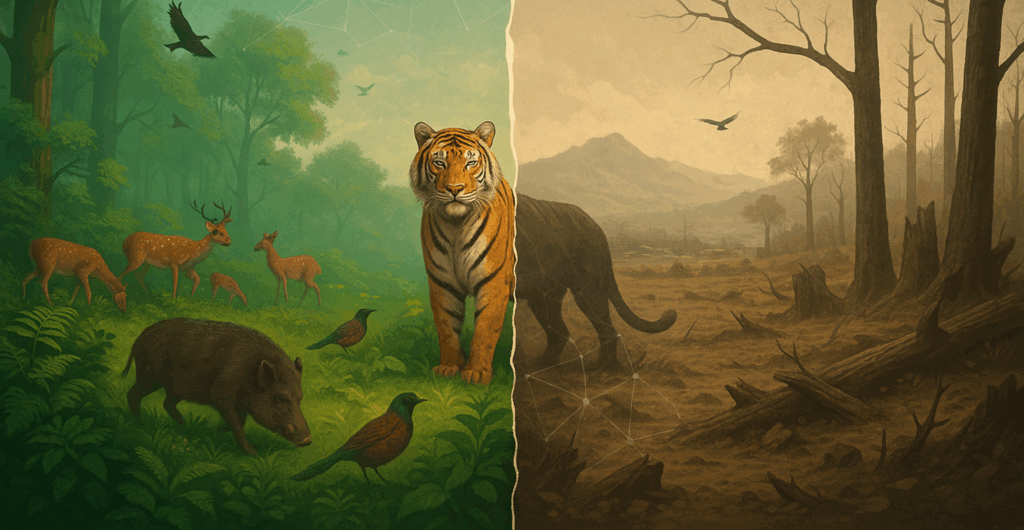
Abstract: Protected areas (PAs) serve as a primary conservation strategy to mitigate wildlife defaunation and trophic downgrading associated with human activities. However, how well they preserve terrestrial biodiversity and maintain...
Read More
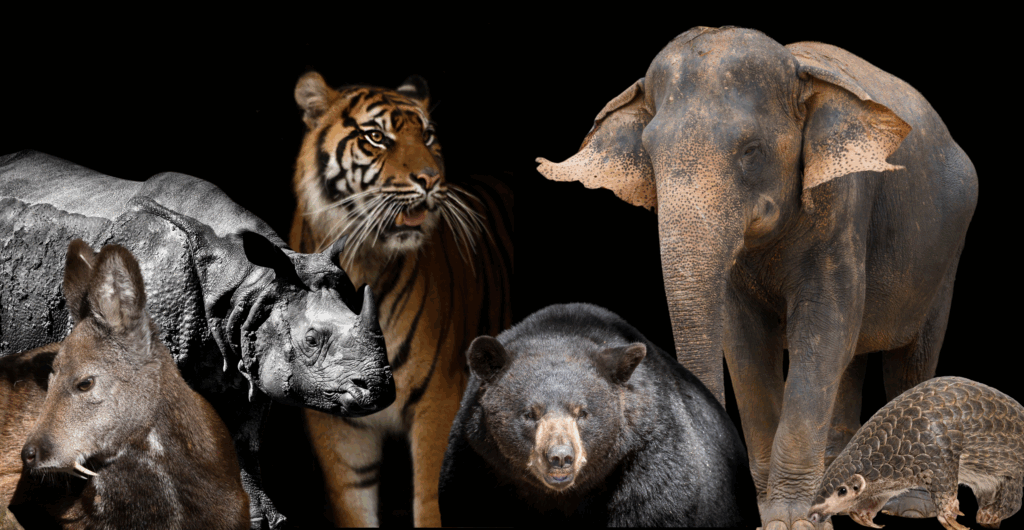
Abstract: Wildlife crime poses a severe threat to global biodiversity, driving species extinctions and enabling organized crime networks. While China has strengthened legal frameworks to combat illegal wildlife trade, the...
Read More

Abstract: Feline panleukopenia virus (FPV), a member of the Parvoviridae family, poses a significant threat to endangered carnivores, including the Amur tiger (Panthera tigris altaica). This study isolated a novel...
Read More
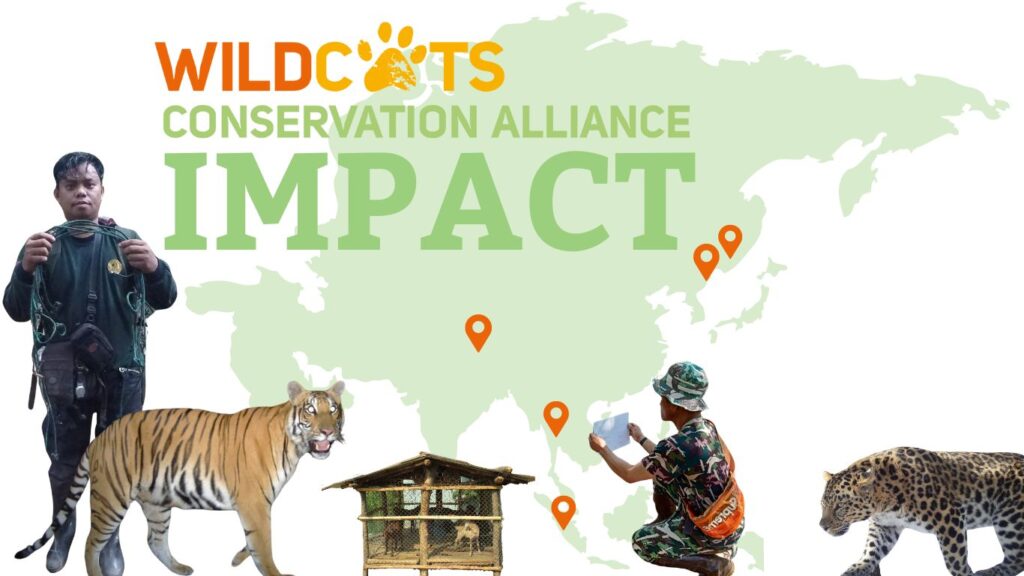
All WildCats Conservation Alliance projects are subject to rigorous scrutiny to ensure they are having maximum conservation impact. We have produced a document that illustrates how our projects succeeded in...
Read More
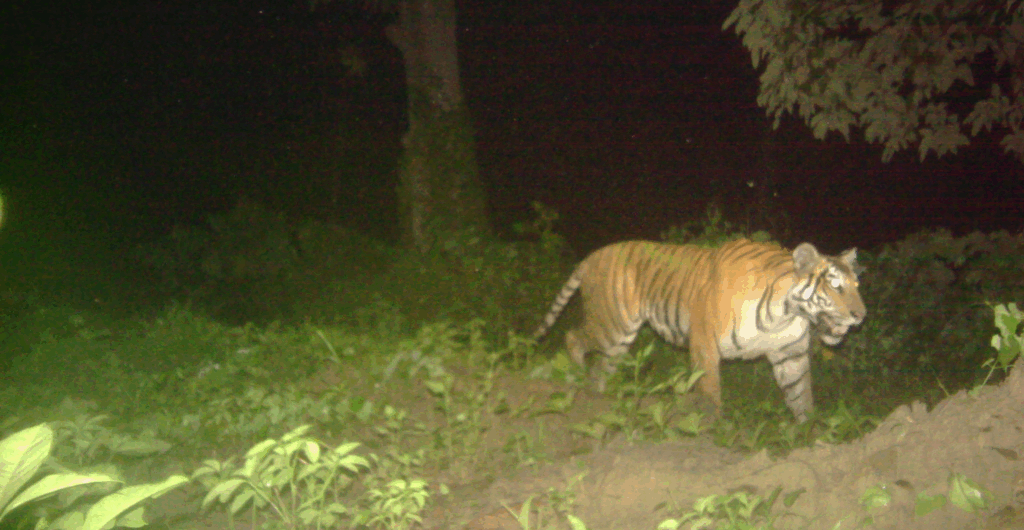
What happens when wildlife conservation doesn’t just stay in protected areas, but reaches classrooms, kitchens, and village paths? In Nepal’s Parsa National Park, something special is unfolding. With support from...
Read More
WCS Russia final report 2024
https://conservewildcats.org/wp-content/uploads/sites/5/2025/05/WCS-Russia-Tiger-Final-Report-2024.pdfLingkar final report 2024
https://conservewildcats.org/wp-content/uploads/sites/5/2025/05/LingkarInisiatifFinalReport2024-2025.pdf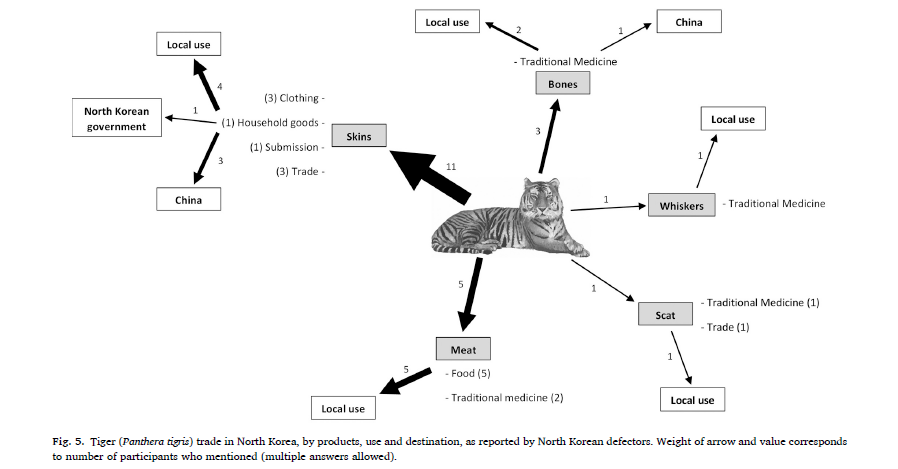
Abstract: Despite pressing conservation and humanitarian concerns regarding the sustainability of natural resource exploitation in the Democratic People’s Republic of Korea (North Korea), reliable information is extremely limited as North...
Read More

